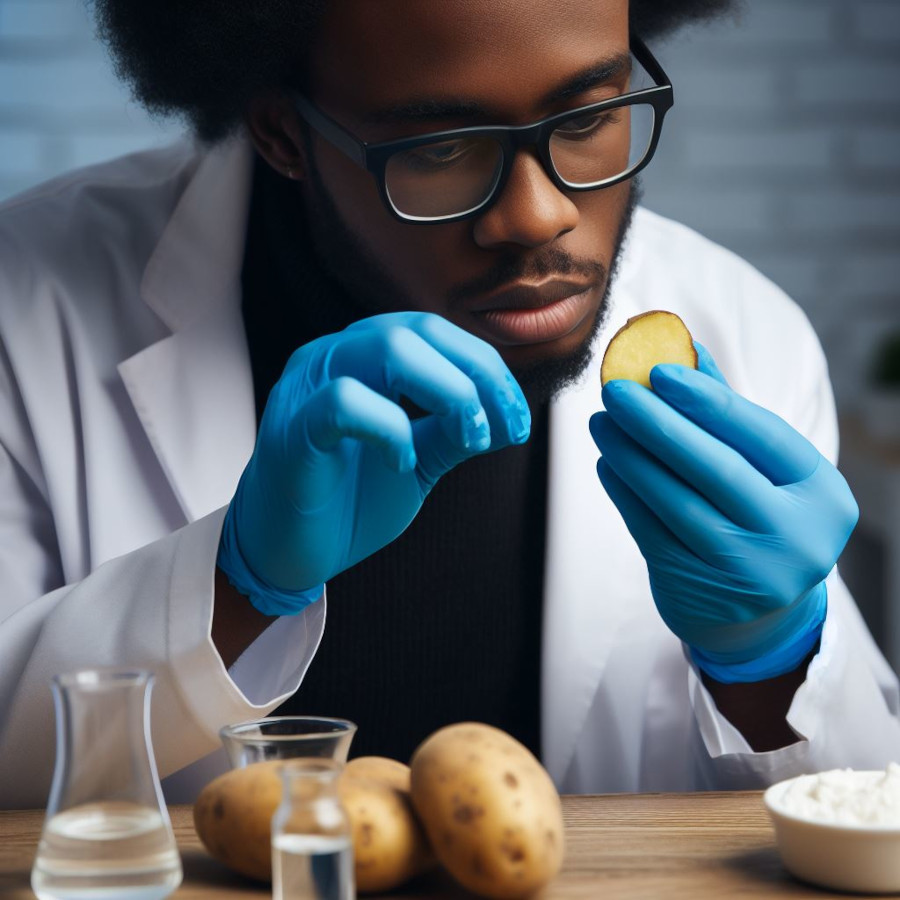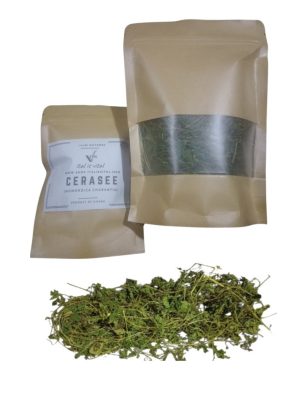Dr. Sebi emphasized the significance of excluding starch from one’s diet, promoting the intake of natural alkaline foods. He asserted that only natural foods possess alkalinity, highlighting that the prevalent consumption of starchy foods today is unnatural. Dr. Sebi noted that the presence of starch serves as a key indicator of the unnatural nature of foods, categorizing all starchy foods as inherently unnatural. Consequently, it becomes essential to conduct tests on foods to distinguish between those containing starch and those that do not.
Testing for starch in food is a common experiment that involves the use of iodine solution. Iodine reacts with starch to produce a dark blue or black color. Here’s a simple procedure you can follow to test for starch:
Materials:
- Iodine solution (commonly sold as Lugol’s iodine)
- Food sample
- Dropper or pipette
- White ceramic or dish
Procedure:
- Prepare the food sample: Choose a small portion of the food you want to test. You can use foods like potatoes, rice, bread, or any other starchy food.
- Place the food on a plate: Put a small amount of the food on a white ceramic or plate. Make sure the plate is clean and dry.
- Apply iodine solution: Using a dropper or pipette, carefully apply a few drops of iodine solution onto the food sample. Ensure that the iodine solution covers the entire surface of the food.
- Observe the color reaction: Wait for a few moments and observe any color changes. If the food contains starch, you should see a change in color. The reaction with iodine and starch typically produces a dark blue or black color.
Interpretation of results:
- Positive result (presence of starch): The food sample turns dark blue or black.
- Negative result (absence of starch): No color change or a minimal color change.
Keep in mind that some foods may naturally have a yellowish or brownish color, so it’s essential to look for a noticeable change in color. Additionally, this test specifically detects starch and may not be sensitive to other forms of carbohydrates.
Always handle chemicals with care, and follow any safety precautions mentioned on the iodine solution container.













